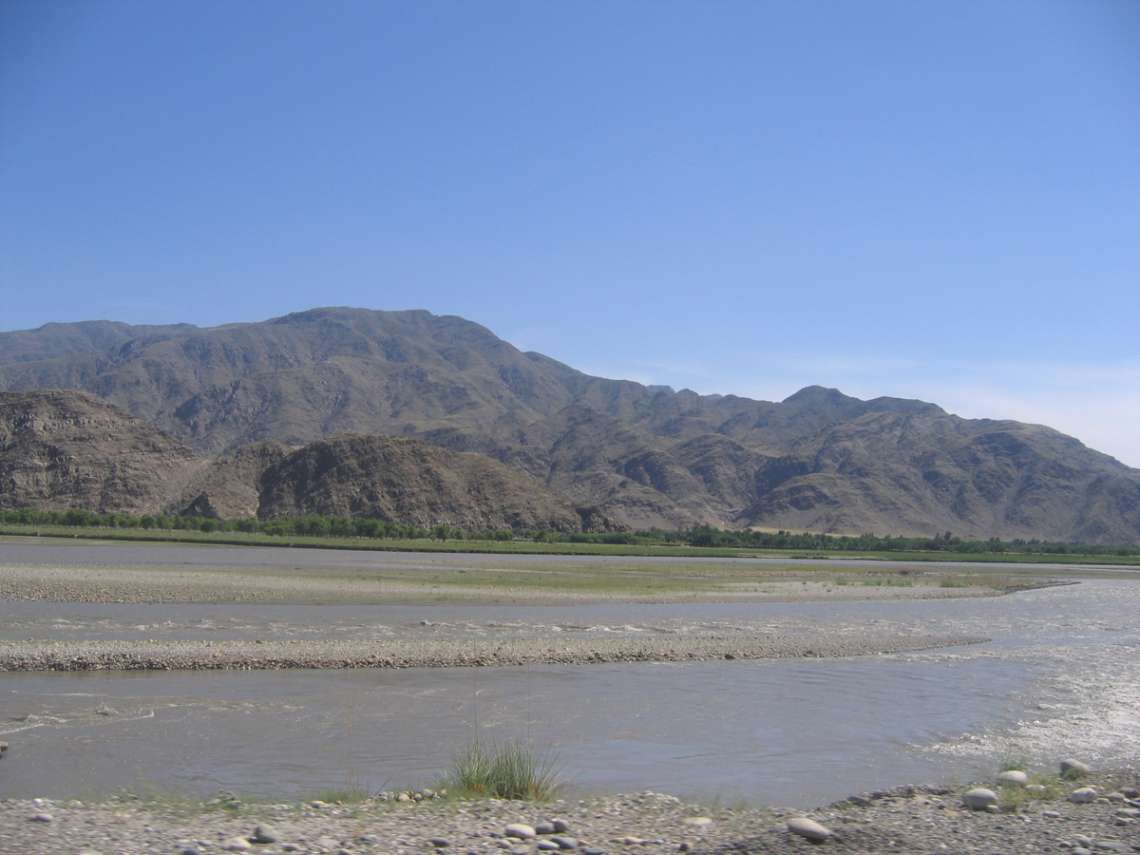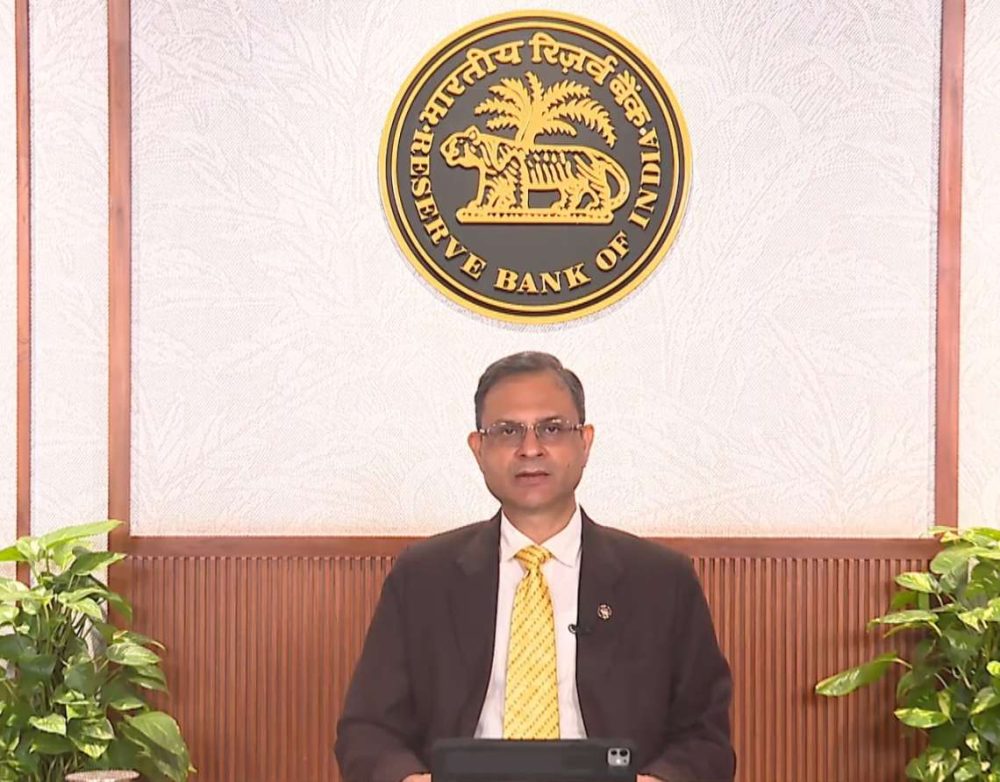The reason behind the boom in housing sales in India was mainly due to low interest rates and affordable pricing of units as well as renewed demand for homes, fuelled by the Coronavirus pandemic…reports Asian Lite News
As investment opportunities drag for China, India not only seems to be a clear beneficiary in terms of an attractive investment destination but also appears to be emerging as the best option with a positive growth and inflation outlook in the current fiscal, according to a research report prepared by the State Bank of India (SBI).
Commenting on China’s sliding construction sector, the SBI report said that as India’s eastern neighbour struggles with a meltdown in the sector, housing sales in India during the first half of 2022 i.e. between January and June, reached the highest level since the first half of 2013.
The reason behind the boom in housing sales in India was mainly due to low interest rates and affordable pricing of units as well as renewed demand for homes, fuelled by the Coronavirus pandemic, the report noted.
Growing by 60 per cent year-on-year, the sale of 158,705 units during first half of 2022 was 19 per cent higher than the corresponding period of last year in seven major cities, the SBI report noted.
The research report further underlined the enthusiasm towards India by citing the recent example of “Apple’s recent move to shift part production of the iPhone 14 model for world-wide shipping from India, with a negligible time lag lag of a few weeks, post it’s slated lau nch on September 7, bears testimony to such optimism”.

“The move by Apple, the most recognisable face of tech-infused innovation in the last two centuries, that captures aspirations of an upwardly mobile population, should open the floodgates for other major conglomerates to follow suit,” the report said.
It also gave example of India’s equity and currency markets, which the report said, recovered after initially having reacted adversely to US Federal Reserve Chairman Jerome Powell’s comments reaffirming its (bank’s) commitment to frontload rate hikes by central banks, to recoup some of the losses in subsequent trades.
The portfolio inflows turned positive even though they were marginal at $30 million on August 29, the SBI report said.
The overall portfolio inflows since July 29 is now $7.6 billion, as against an outflow of $14.7 billion in 2022-23 prior to July 29, it added.
“Clearly, India seems to be enjoying the TINA (there is no alternative) factor, as globally all countries are facing the churn and India seems to be the best-placed jurisdiction in terms of growth and inflation outlook in FY23,” the report observed.
Meanwhile, many countries across the globe has been surreptitiously searching for non traditional payment and settlement mechanisms that points to ‘Dollar Distancing’ finally happening.
Meanwhile, an interesting development is taking place in the global currency market. There has been a significant jump in the demand for Yuan arising from short-circuiting the sanctions in place by corporates in select jurisdictions who have been utilizing multitude of non-dollar currencies to procure crude and other commodities viz. coal through striking deals in Renminbi/HKD/AED pairs at discounted rates, SBI Ecowrap report said.

On a related note, on August 5, Turkish President Recep Tayyip Erdogan announced that one of the key takeaways from his meeting with Russian President Vladimir Putin in Sochi was bilateral agreement to use Rouble as a monetary unit in trade. The high level talks touched upon gas exports to Turkey with both Central Banks agreeing to partially pay for them in Roubles, and that Russia and Turkey were moving forward to a gradual transition to paying in national currencies only.
Russian-Turkey bilateral trade is currently running at about $23.5 billion with both sides committing to increasing this to $100 billion by 2030. With China vowing to anchor the bonhomie with Russia, there seems a certainty that ‘Dollar Distancing’ could be a reality in coming days.
Similarly, according to some media reports, Indian companies are also using Asian currencies more often to pay for Russian coal imports. India has been aggressively purchasing coal and oil from Russia since the beginning of Russia-Ukraine war, which allowed then to procure this items at lower cost.
The local currency which was under pressure last month has seen appreciating in last few days after FII inflows turned positive since July-end pouring in $3.3 billion into the country. Notably, FII inflows remained in the negative territory for 9 months since October 2021 and only reversed in July.
Oil has also moved down below $100/bbl and moving around $96/bbl after the increase in US stockpiles indicated low demand.
On the external data front, the recent trade deficit data shows an increase to record high in July 2022, annualizing the current deficit numbers gives annual deficit of 8.5 per cent of our GDP projections for FY23 which is much lower than the peak deficit of 10.7 per cent of GDP achieved in FY13. Thus, the current situation is much better than that in 2012-13. Moreover, the market has already priced in higher CAD i.e. higher than 3 per cent of GDP for FY23.
On the inflation front, going forward, SBI Ecowrap report expect inflation trajectory for India to be benign. CPI numbers for March 23 could be even lower than 5 per cent, if July CPI numbers are closer to 6.5 per cent-6.6 per cent, a likely possibility.
“We believe inflation in FY23 is likely to come around 6.4-6.5 per cent (below RBI projection of 6.7 per cent) with inflation moving below 6 per cent only in November 22. For FY24, it should come at 4.8 per cent,” the report said.













